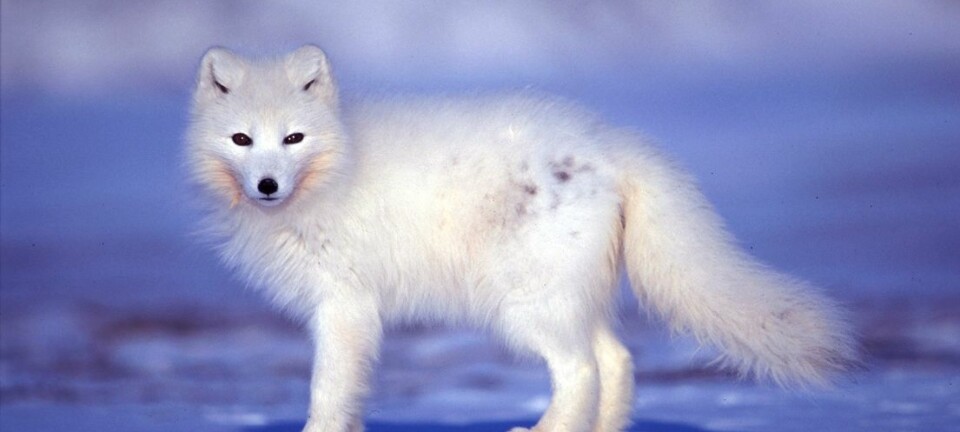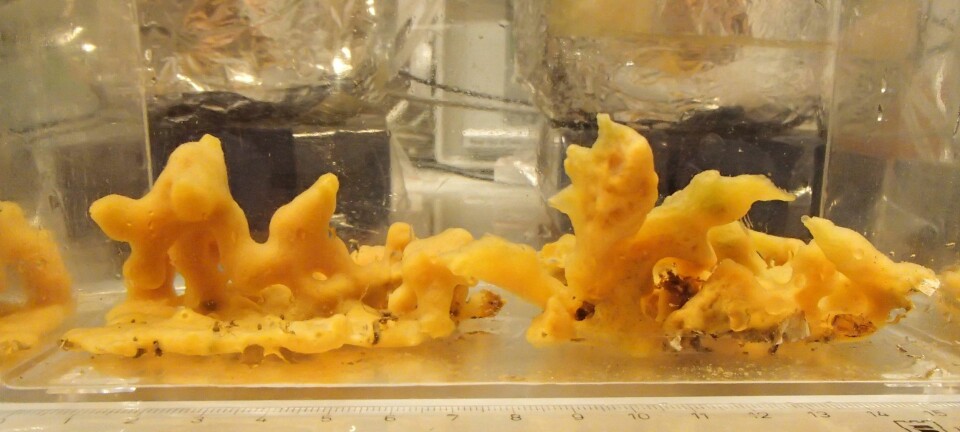
Only half of the land needed to secure wildlife biodiversity is protected: study
Thirty-four per cent of all land need to be protected if we are to maintain the Earth's biodiversity.
If we are to preserve the Earth's biodiversity we will have to set aside 34 per cent of all dry land -- which is equivalent of an area the size of North and South America put together. This is the conclusion of a new international study.
"Our calculations show that many of the world's finest, iconic, natural areas are protected," says co-author Jonas Geldmann, postdoc at the Centre for Macroecology, Evolution and Climate at the University of Copenhagen.
But the list of protected areas also includes city parks and cemeteries -- places where there really is little biodiversity. In Denmark, for example, cemeteries and parks are included to claim that 17 per cent of the nation’s land is protected, says Geldmann.
"They've done something similar in the US, where they’ve chosen areas with national monuments that are protected anyways,” he says. “But that says nothing of the location’s biodiversity.”
Governments fail to meet responsibilities
In 2010, the United Nations agreed that by 2020, that to secure the Earth’s biodiversity we will have to protect 17 per cent of all dry land and 10 per cent of marine areas.
The new study shows that on paper, the countries are pretty good at meeting their obligations. Right now, 14.6 per cent of dry land is protected. This amounts to 19.7 million square kilometres and only 3.3 million square kilometres remain for the goal to be achieved.
But if you take a look at where the various protected areas are you won’t be so impressed, shows the new study.
"We examined whether the areas overlap with the locations scientists already knew has the best biodiversity, and whether they cover the main types of natural environment at a world level," says Geldmann.
It turned out that this is far from the case and there were substantial shortcomings when it came to protecting the areas marked for their unusually high level of biodiversity.
Some 57 per cent of 25,380 threatened species -- mammals, birds, amphibians and reptiles -- were, for example, not adequately covered in the areas selected as protected areas.
"It's easy to claim that 17 per cent of dry land has to be protected to secure biodiversity,” says Geldmann. “The question is, however, whether the individual countries actually live up to their responsibility to prevent the loss of biodiversity.”
To that the answer is a resounding no, he says.
The scientists have calculated that if the protected areas are to be able to protect the animals and plants, they will have to be twice the size as the stated objective -- in other words they will have to constitute 34 per cent of the surface of the Earth.
Professor: lucky if 17 per cent is enough
The fact that more than 17 per cent of dry land will have to be set aside for biodiversity comes as no surprise to Professor Jens-Christian Svenning from the Department of Bioscience at Aarhus University. He does believe that his colleagues estimate sounds reasonable.
"I'd say their analysis is correct. The decision that the protected areas have to constitute 17 per cent isn't a rule of nature. It's perfectly straightforward to review data systematically and examine if the governments' actions are enough,” says Svenning.
"It would be rather lucky if 17 per cent was enough to secure the biodiversity. When the animals were developing, the world was 100 per cent nature so I'm not at all surprised that there’s need for more [protected land]," he says.
-------------------
Read the original story in Danish on Videnskab.dk
Translated by: Hugh Matthews







